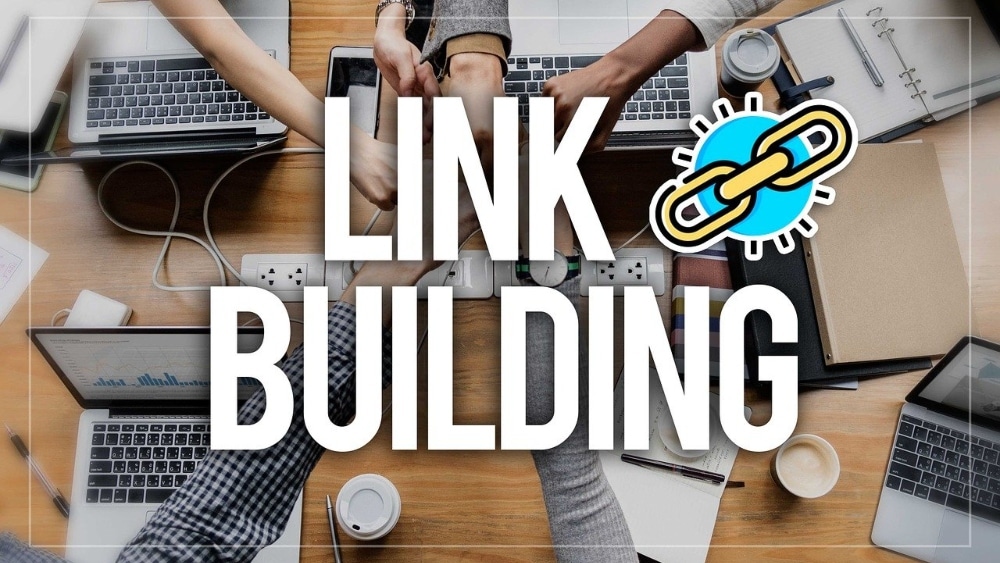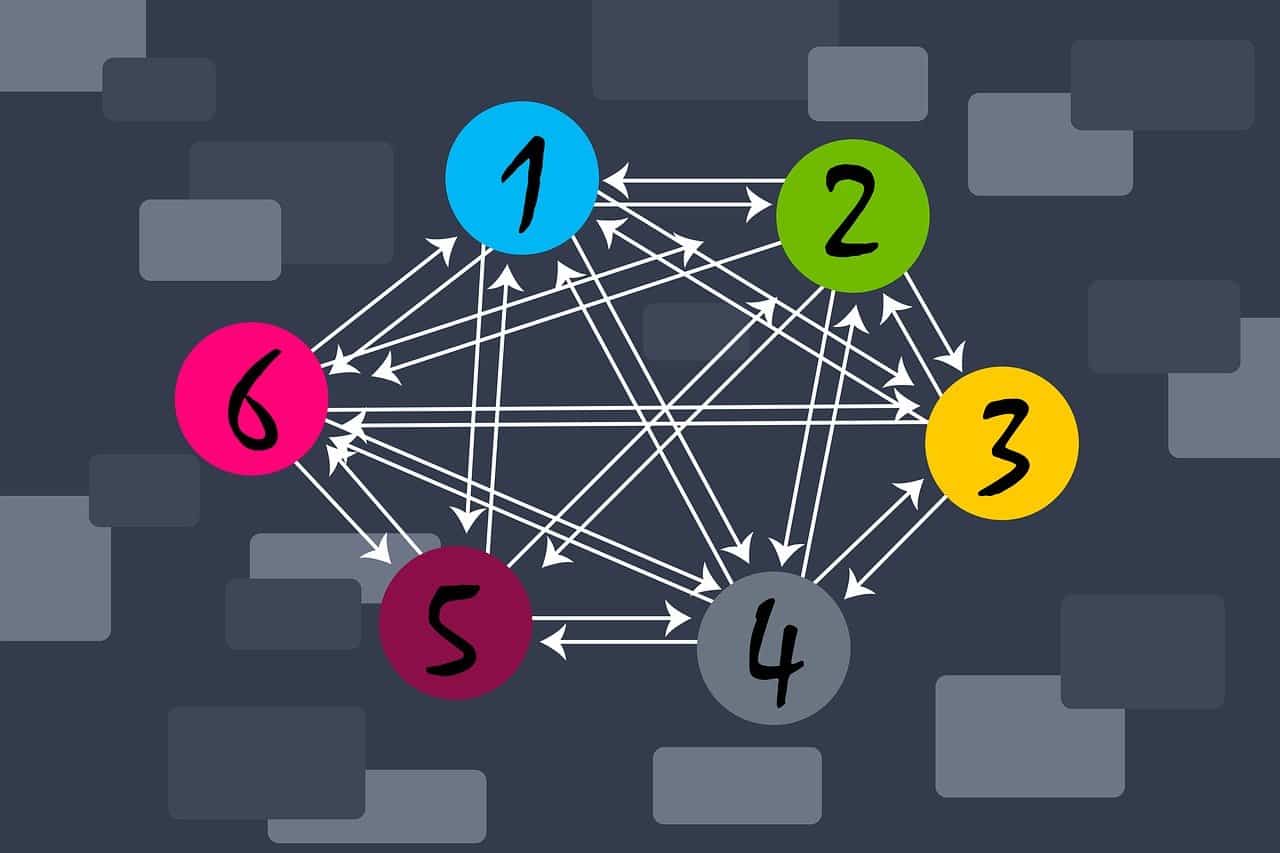This article has been contributed by Jason Khoo.
When building exposure for your business, you need to get the word out to drive traffic to your website. And you need to use some sort of marketing strategy to do it.

One of the most commonly used strategies to drive traffic to a website is SEO. Nowadays, most website owners have some basic knowledge of it, not least of all because it doesn’t cost you anything (except time) if you do it yourself.
They know, at the very least, that they need to optimize their page titles, meta-descriptions and content with relevant keywords, as well as to engage in some sort of link building.
However, the internet is becoming increasingly competitive, with over 547,200 new websites being created every day all over the world. Unfortunately, that means that these types of baseline SEO tactics aren’t enough anymore.
In order to stand out, businesses need to go deeper with their SEO efforts. One way of doing this is by combining their link building strategy with the right internal linking moves.
Keep reading as we explore these two marketing strategies and explain why they work so well together!
Driving Links
You might have heard about the importance of driving links before, but in many conversations I’ve had with business owners, I’ve realized that they don’t have a strong grasp of what that actually means.
In short, SEO has three main pillars – one of which is link building.
The more high-value links there are from other websites to your website, the better. This is because it leads Google to perceive your website as relevant and authoritative.
(When we say “high-value”, we mean that the links come from relevant, reputable sites. Ideally they’re follow links and the anchor text includes relevant keywords.)
To use a simple metaphor, it’s like asking your friends and neighbors which restaurant you should go to. The more votes a certain place has, the more confident you’ll be in that choice.
The same logic applies here.
As such, when working towards boosting your exposure, my suggestion is that you always try to make sure you’re driving links back to your website.
Oddly, most business owners are very open about sharing their Twitter, Instagram and Facebook pages when being quoted or writing for the web – yet where they fall short is that they usually forget or only sheepishly mention their website.
At the end of the day, it’s pivotal to work on driving strength to your website, because you own the content there… unlike your social media accounts.
So, the lesson here is quite simple: make sure there are hyperlinks going to your website from other websites.
What Is an Internal Link?
I’m not one for giving academic definitions – because at the end of the day, mastering SEO is about understanding how it works more than it is about knowing dictionary definitions. So I’ll explain what an internal link is in everyday terms:
An internal link is any hyperlink on your website that points to another page on your same website.
That’s all it is.
Internal links only point to pages within your website (a great example is your main menu), whereas external links or backlinks come from third-party websites to your website.
Where Link Building and Internal Link Building Meet
The main reason why internal link building is so important is that your website is often much bigger than your homepage.
What we mean by this is that many websites offer a variety of products or services, and have several offerings that they want to promote. Each offering will have its own specific webpage that they want to rank for, so that they’re visible in more refined searches by people looking for that particular type of product.
Therefore, for SEO purposes, they need to create an optimization tactic for each of these products or services – and link building can be incredibly helpful because it becomes multi-dimensional.
By using this tactic, you’ll have multiple pages and sections of your website that you’re trying to rank for, rather than just your homepage.
The Limitations of Link Building
Becoming a contributor to a relevant publication or being a guest speaker at an industry podcast or virtual event is fantastic, but there’s only one problem: their websites pretty much only link to your homepage.
That’s the page most people think of automatically when they want to promote another business, and that becomes clear when you go through the show notes of podcasts, YouTube descriptions, or author bylines in articles.
The thing is, and as mentioned before, that you need to optimize and drive links to multiple sections of your website.
Plus, several websites and publications that accept guest contributors or speakers have strict rules about promoting other sites, which in many cases means that you can’t push your product and link to a specific “sales” page.
So, you get into a conundrum.
You want to optimize for a number of sections within your website because you have several products or services to offer, and you want to increase their exposure on Google.
However, you’re only driving links to your home and you can’t link to those exact products or service pages.
This Is Where Internal Linking Comes In
The value of internal links is that they help users, as well as Google crawlers, navigate through the different pages of your website.
But, that’s not all.
Internal links also pass link equity throughout your website, meaning that they work as signals to Google, letting the search engine know how important a page is within your website.
So, the more internal links you include to a certain page, the more important it looks in the eyes of Google. For instance, your homepage always looks like it’s more important, as it will naturally have the most internal links.
Going back to the internal links passing link equity rule…. bear with me here…. when an internal link comes from a page that has many different links coming into it, that link will pass the SEO and link strength from that page to whichever page it is directing users to.
So, using the same example as before: if your homepage links to certain “secondary” pages, those will benefit from the link equity and strength that your homepage already has.
Drive Links to Relevant Blog Posts
Let’s go back to the conundrum we were talking about before.
When we go out and try to drive links, we don’t just want to link to our homepage, but we’re also not allowed to link to any product or service pages.
So, what is the solution? Three simple words: blogging and content.
Many websites will gladly link to relevant blog posts that will help their readers understand their content and align with the message they’re trying to convey – and that’s where some good ol’ articles can come in handy for you.
If you have a strong content library with blog posts that mention your products or services, you can use them as assets in your link building strategy.
Let’s imagine you have a pizza restaurant and you want to rank for three main keywords, ‘pizza’, ‘breadsticks’ and ‘pasta’.
Your homepage is optimized for the first one, ‘pizza’, but you still want potential customers to be able to find the breadsticks and pasta.
What do you do? Well, using the strategy we just discussed, you write blog posts about breadsticks and pasta, using topics such as:
- “5 Mouthwatering Breadstick & Pizza Pairings”
- “7 Delicious Pasta Dishes For a Summer Night”
- “What Types of Breadsticks Are There?”
Then, when you go out to your local community newspaper and propose a guest contribution for their website, you can link to those blog posts you just created.
What happens is that those posts acquire SEO value and link equity by getting backlinks from third-party websites and publications.
Related: The Ultimate Blog SEO Guide
Then, Use Internal Links to Pass the Link Equity to Your Product or Service Pages
Once you have the links coming from a relevant third-party website into your most recent blog post, there’s only one thing left to do, and that’s including internal links in the blog post to the product or service page you’re hoping to promote.
The logic is pretty simple here: first, you drive links into your blog post, then you send those links into a sales page, where they can go from a visitor to a lead or, even better, a customer.
Going back to the pizza restaurant example: you’ve secured backlinks to your “What Types of Breadsticks Are There?” post, then in that same piece, you’ve included an internal link to your actual breadstick product page. Et voila, you’re passing the link equity from one to another.
Doing this allows you to optimize your website for the breadsticks and pasta that your restaurant sells… even if pizza is the main star of your business.
Without internal links, your website becomes rigid and complex for Google to understand. All your link building efforts would otherwise just lead to your homepage, which as we know now, can only truly optimize for one keyword group (in the case of our example, that keyword group would be ‘pizza’).
By using internal links, however, you become more in control of your website, and you know exactly how it uses its link equity and tries to optimize for different keyword groups and pages.
A Few Best Practices For Internal Linking
It’s clear by now that internal link building is immensely powerful, and that can lead us to another great question: what makes a good internal linking strategy?
1. Use Follow Links
Nofollow links tell Google not to consider the target page’s ranking in search results, which isn’t the goal.
Although nofollow links have their benefits, for internal purposes linking purposes, you need to let different pages influence each other, which is why you should use follow links.
2. Don’t Include Too Many Internal Links On The Same Page
Chances are that within the same blog post, you have dozens of opportunities to add an internal link, and you might feel tempted to take them all without putting too much thought into you.
Well, let me stop you there.
If you add links where it doesn’t look natural, it negatively impacts the user experience, which once again, isn’t the goal.
3. Include The Keyword In The Anchor Text
You want to let the reader know what they’ll find when they click on a certain internal link, without using the typical “click here” or “read more”. The best way of doing this is by making your keyword the anchor text.
So, continuing with the pizza and breadstick example, you could use ‘breadsticks’, ‘types of breadsticks’ or ‘buying breadsticks’ as your anchor text.
4. Only Add Relevant Links
The internal links you use need to add value to the reader (and what they’re reading about), otherwise, they’ll be quick to click off the target page.
Linking ‘breadsticks’ to your breadstick product page is relevant and makes sense. Linking that same anchor text to your pasta product page… not so much. The trick here is to use your common sense.
5. Make Sure There Are No Broken Links In Your Website
A simple, yet common mistake: having broken links in your website (and using them in your internal link building strategy) will hurt your SEO efforts, so make sure to fix any formatting issues you come across.
Link Building Is Hard Enough, Internal Linking Is Easy
Link building is hard. In fact, it’s the main challenge that most businesses struggle with when developing their SEO strategy.
The reason why is simple: you’re dependent on other website owners. You need to go out there and negotiate with relevant websites, asking them to link to your site, and that can become a time and energy-consuming process.
Internal linking, on the other hand, is simple, as you don’t have to go out, pitch yourself to other people, and wait for their decision.
You can go to your own webmaster or organization, and get internal links added, fast and easy.
In summary, internal linking is an easy tactic that helps tie up the loose ends of your link building efforts.
_
About the author: Jason started freelancing in SEO back in college, sold his first agency, and now is founder of Zupo, an Orange County based SEO consulting agency.



